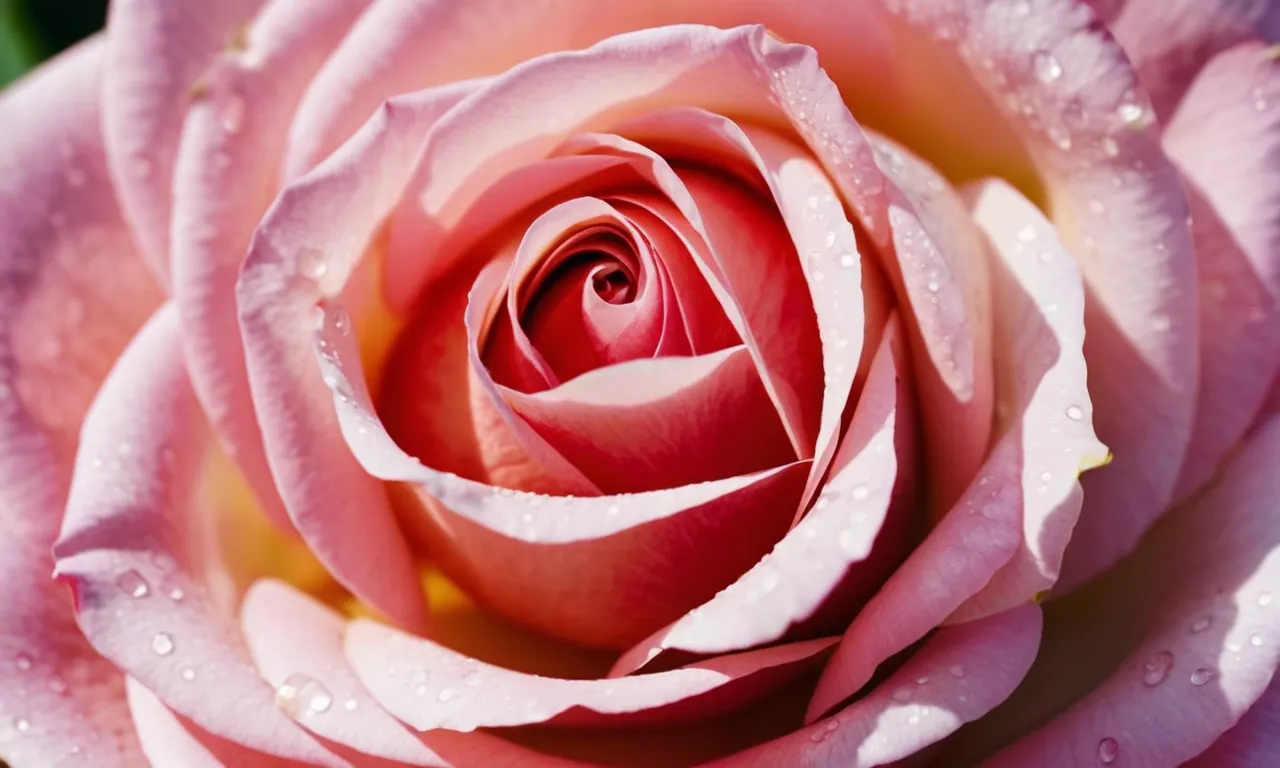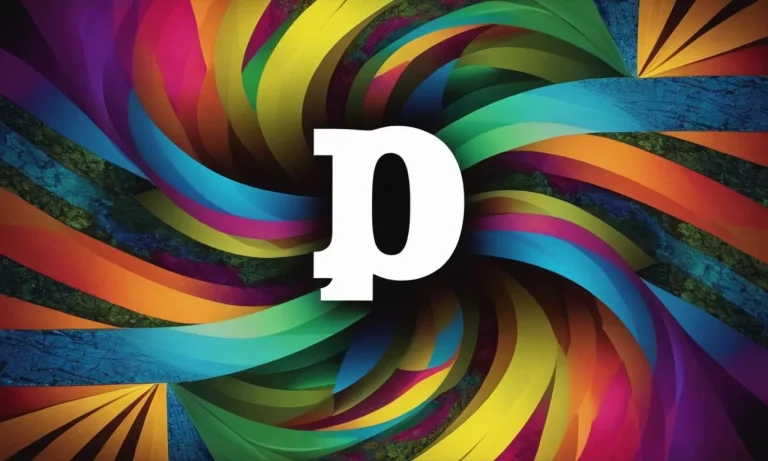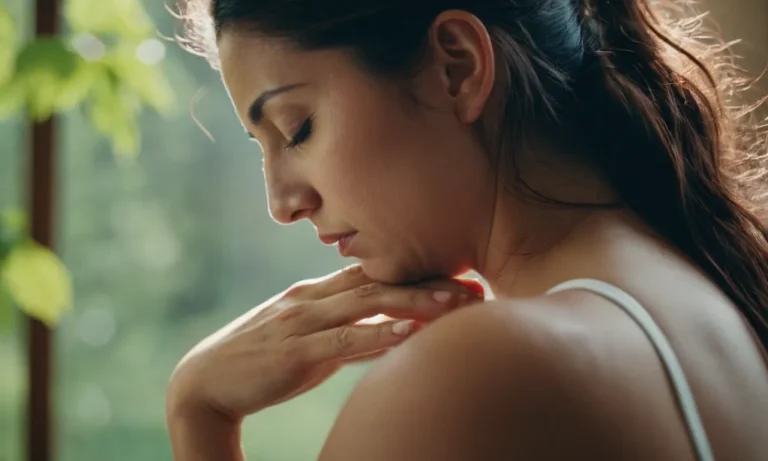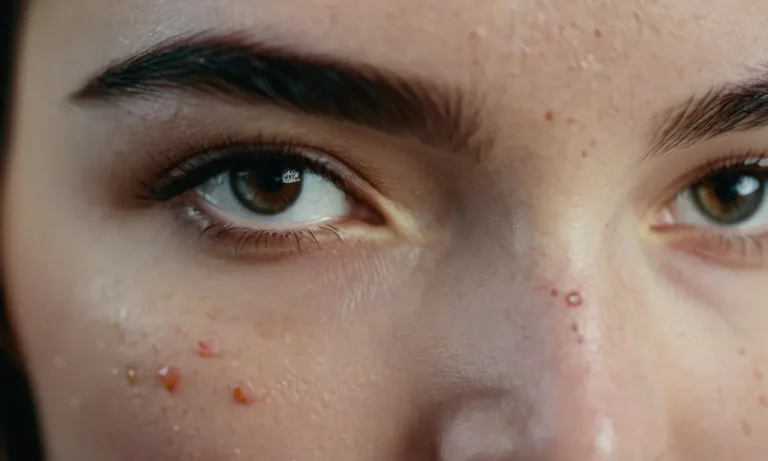The Meaning Of The Color Pink: A Comprehensive Guide
In a world where colors hold profound symbolism and evoke a myriad of emotions, the color pink stands out as a captivating and multifaceted hue. From its delicate blush tones to its vibrant fuchsia shades, pink has long been associated with a range of meanings, spanning from femininity and romance to playfulness and innocence.
If you’re short on time, here’s a quick answer to your question: The color pink is often associated with femininity, love, and romance, but its meaning extends far beyond these traditional connotations. It can also represent compassion, nurturing, and a gentle, non-threatening nature.
In this comprehensive article, we will delve into the rich tapestry of meanings and symbolism surrounding the color pink. We’ll explore its historical and cultural significance, its psychological impact, and its diverse applications across various industries and contexts.
Whether you’re a designer, marketer, or simply someone fascinated by the power of colors, this guide will provide you with a deep understanding of the multifaceted nature of pink.
The Historical and Cultural Significance of Pink
Origins and Evolution of Pink
The color pink has a rich and fascinating history that dates back centuries. Its origins can be traced to the ancient world, where it was derived from natural pigments like madder root and cochineal insects.
In the Middle Ages, pink was associated with wealth and nobility, as the expensive dyes used to create it were reserved for the elite. Over time, the hue evolved from a deep, reddish-pink to the softer, more muted shades we recognize today.
According to Color Matters, pink is a tint of red, created by mixing white with pure red.
Pink in Different Cultures and Traditions
Pink holds diverse meanings and symbolism across various cultures and traditions. In India, the color is associated with hospitality, love, and beauty, often used in wedding ceremonies and festivals. In Japan, pink represents femininity and is closely tied to the blooming of cherry blossoms.
In Western cultures, pink has traditionally been linked to romantic love, as well as nurturing and gentleness. However, its connotations have evolved over time, with pink also representing strength, resilience, and empowerment in modern times.
According to Pantone, the color of the year for 2023 is Viva Magenta, a vibrant shade that celebrates “the Audacious, the Creative and the Eccentric.”
Gender Associations and Societal Norms
The color pink has long been associated with femininity and societal norms surrounding gender. This association can be traced back to the 19th century when gender-specific colors were introduced, with pink designated for girls and blue for boys.
However, this convention was not widely adopted until the mid-20th century, when marketing campaigns and cultural influences solidified the link between pink and femininity. Today, this gender association is being challenged and questioned, with many advocating for a more inclusive and fluid approach to color preferences.
According to a study published in the Journal of Consumer Psychology, only 35% of participants associated pink with girls, indicating a shift in societal perceptions.
The meaning and significance of the color pink have evolved over time, reflecting cultural shifts, societal norms, and individual expressions. From its ancient origins to its modern associations with love, femininity, and empowerment, pink continues to captivate and inspire.
As we embrace a more inclusive and diverse perspective on color, the historical and cultural significance of pink serves as a reminder of the rich tapestry of human experience and the ever-changing nature of symbolism and representation.
The Psychology of Pink: Emotions and Perceptions
The Calming and Nurturing Effects of Pink
The color pink has long been associated with a sense of tranquility and nurturing. According to a study published in the Journal of Behavioral and Brain Science, exposure to the color pink can have a calming effect on the human psyche.
The study found that participants who were shown images with pink hues experienced a reduction in heart rate and muscle tension, indicating a state of relaxation. This calming influence of pink may stem from its association with the natural world, such as the delicate hues of cherry blossoms or the soft glow of a sunset.
Furthermore, pink is often linked to maternal love and nurturing. In many cultures, pink is traditionally associated with femininity and the nurturing qualities of motherhood. This connection may contribute to the perception of pink as a comforting and caring color.
According to a survey by Color Matters, a significant portion of women (around 23%) cited pink as their favorite color, reinforcing the strong emotional bond between pink and femininity.
Pink and Femininity: Challenging Traditional Stereotypes
While pink has historically been associated with femininity, this traditional stereotype is being challenged in modern society. Many individuals and organizations are advocating for a more inclusive and gender-neutral approach to color preferences.
😊 Research has shown that boys who express a preference for pink can face societal pressure and stigma, perpetuating harmful gender norms.
In response, campaigns such as Pink Stinks have emerged, aiming to challenge the stereotypical association of pink with femininity and promote a more diverse range of color preferences for all genders.
By embracing a broader spectrum of colors, individuals can express their unique personalities and identities without being constrained by traditional gender norms. The color pink should be celebrated as a vibrant and versatile hue that transcends gender boundaries.
The Impact of Pink on Mood and Behavior
Beyond its emotional associations, the color pink has been found to influence human mood and behavior in various ways. A study published in the Journal of Experimental Social Psychology revealed that exposure to pink can have a temporary calming effect on individuals, reducing aggressive behavior and enhancing emotional regulation.
This finding has led to the implementation of “pink rooms” in some correctional facilities, aimed at de-escalating potentially violent situations.
However, it’s important to note that the impact of pink on mood and behavior can vary depending on individual preferences and cultural contexts. Some research suggests that prolonged exposure to pink can potentially lead to feelings of irritability or restlessness in certain individuals.
As with any color, moderation and personal preference play a crucial role in determining the psychological effects of pink. Ultimately, the meaning and impact of the color pink are multifaceted, encompassing emotional, cultural, and behavioral dimensions.
Pink in Design and Branding
The Use of Pink in Product Design and Packaging
The color pink has long been associated with femininity, romance, and softness. As a result, it has become a popular choice for product design and packaging, particularly in industries targeting female consumers.
From cosmetics to fashion accessories, pink hues are often used to create a sense of elegance, delicacy, and luxury. According to a study by Color Matters, over 60% of women express a preference for pink packaging when purchasing beauty products. 😍
However, the use of pink in product design is not limited to traditionally feminine industries. Many brands have embraced the color as a way to stand out and create a unique brand identity. For example, the iconic Millennial Pink shade popularized by brands like Glossier and Acne Studios has become a trend in recent years, appealing to both male and female consumers seeking a fresh and modern aesthetic.
👏
Pink in Advertising and Marketing Campaigns
In the world of advertising and marketing, the color pink is often used to evoke emotions and create associations with specific brand values. Campaigns featuring pink hues can convey a sense of warmth, compassion, and gentleness, making them particularly effective for products or services aimed at families, children, or emotional connections.
According to a study by ColorCom, pink is one of the most memorable colors in advertising, with a recall rate of over 70%. 🎉
However, the use of pink in marketing campaigns must be carefully considered to avoid reinforcing gender stereotypes or alienating certain demographics. Many brands have successfully incorporated pink into their campaigns while promoting inclusivity and challenging traditional gender norms.
For example, the “Real Men Wear Pink” campaign by Ralph Lauren aimed to destigmatize the color for men and raise awareness for breast cancer research. 👍
Balancing Femininity and Masculinity with Pink
While pink is often associated with femininity, it can also be used to create a balance between traditionally masculine and feminine elements in design and branding. By combining pink with bolder, more masculine colors or incorporating it into traditionally masculine products or environments, brands can challenge gender norms and create a more inclusive and modern aesthetic.
For instance, the sports apparel brand Nike has embraced shades of pink in their product lines, combining it with bold blacks and grays to create a dynamic and gender-neutral look. Similarly, the automotive industry has seen an increasing use of pink hues in car interiors and exteriors, appealing to both male and female consumers who appreciate a touch of sophistication and individuality.
Don’t you think it’s awesome to see pink cars on the road? 😂
Ultimately, the meaning and impact of the color pink in design and branding are multifaceted and constantly evolving. By understanding its cultural associations and using it thoughtfully, brands can create powerful emotional connections with their target audiences while promoting inclusivity and challenging traditional gender norms.
Pink in Fashion and Beauty
The color pink has long held a special place in the world of fashion and beauty. Its soft, feminine hues have captured the hearts of designers, makeup artists, and consumers alike, making it an enduring and versatile choice across various trends and styles.
The Enduring Popularity of Pink in Fashion
From delicate blush tones to bold fuchsia shades, pink has graced the runways and high-street fashion for decades. Its popularity can be attributed to its ability to convey a sense of romance, femininity, and playfulness.
According to Pantone’s Fashion Color Trend Report for Spring/Summer 2023, shades of pink like “Frosted Pink” and “Flamingo Pink” are set to be major players in the upcoming season. Designers like Marc Jacobs, Valentino, and Chanel have consistently incorporated pink into their collections, showcasing its versatility and timeless appeal.
Pink Makeup and Cosmetics: Trends and Symbolism
In the beauty realm, pink has long been associated with femininity, youthfulness, and a natural, fresh-faced look. From rosy blushes to glossy pink lipsticks, the hue has become a staple in makeup collections worldwide.
According to a Statista report, the global lip color cosmetics market is expected to reach $13.6 billion by 2026, with pink shades being a driving force. Brands like Too Faced, Benefit, and Glossier have capitalized on the “millennial pink” craze, offering a range of pink-hued products that cater to the modern, effortless beauty aesthetic.
Beyond its aesthetic appeal, pink makeup has also taken on symbolic meanings. The Pink Ribbon campaign, for instance, has become a powerful symbol of breast cancer awareness, with pink lipsticks and other beauty products often donating a portion of their proceeds to cancer research and support organizations.
Pink in Interior Design and Home Decor
The popularity of pink has transcended fashion and beauty, making its way into the world of interior design and home decor. From soft, dusty rose tones to vibrant fuchsia accents, pink can add warmth, femininity, and a touch of playfulness to any space.
According to Houzz, a leading home renovation and design platform, pink is a popular choice for nurseries, bedrooms, and living spaces, offering a calming and inviting atmosphere.
Interior designers and homeowners alike have embraced the versatility of pink, using it as a statement wall color, incorporating it into textiles and upholstery, or adding pops of pink through accent pieces and accessories.
Whether paired with neutrals for a sophisticated look or combined with bold patterns for a more eclectic vibe, pink has proven its staying power in the world of home decor.
Pink in Art, Literature, and Pop Culture
Pink in Paintings and Sculptures
The color pink has long been a subject of fascination for artists across various mediums. In the world of paintings, pink has been used to convey a range of emotions and symbolism. From the soft and delicate hues of Rococo art to the bold and vibrant shades of modern abstract works, pink has proven to be a versatile and evocative color.
According to a study by the Artsy platform, pink was the dominant color in over 10% of the artworks analyzed, highlighting its enduring presence in the art world.
In the realm of sculptures, pink has been employed to imbue works with a sense of warmth and sensuality. Renowned sculptors like Niki de Saint Phalle and Jeff Koons have embraced the color, creating larger-than-life installations and pieces that challenge traditional notions of gender and beauty. Saint Phalle’s “Nana” series, featuring voluptuous female figures in bright pink hues, became iconic symbols of female empowerment and celebration of the body.
😍🎨
Pink in Literature and Poetry
Writers and poets have long been captivated by the symbolism and nuances of the color pink. In literature, pink has been associated with themes of love, innocence, and femininity, but also with more complex emotions and societal constructs.
Authors like F. Scott Fitzgerald and Vladimir Nabokov have used pink as a metaphor for desire, decadence, and the complexities of the human experience. In poetry, pink has been celebrated for its delicate beauty and its ability to evoke a sense of nostalgia and longing.
Contemporary writers have also explored the cultural and political implications of pink, challenging traditional gender roles and societal norms. The Poetry Foundation has featured numerous works that delve into the multifaceted nature of pink, showcasing its ability to inspire both whimsy and profound reflection.
💗📚
Pink in Film, Music, and Television
The color pink has left an indelible mark on the world of film, music, and television. From the iconic pink cadillac in “Grease” to the vibrant pink wigs of Lady Gaga’s “Poker Face” music video, pink has become a symbol of rebellion, self-expression, and individuality.
In films like “Mean Girls” and “Legally Blonde,” pink has been used to explore themes of female empowerment and the deconstruction of stereotypes.
On television, shows like “The Marvelous Mrs. Maisel” and “Schitt’s Creek” have embraced pink as a visual motif, using it to create a distinct aesthetic and to comment on societal norms. In the music industry, artists like P!nk, Ariana Grande, and Harry Styles have donned pink outfits and incorporated the color into their stage performances, captivating audiences with their bold and unapologetic embrace of self-expression. 🎶🎥💖
- Fun fact: The Pantone Color Institute named “Viva Magenta” as the color of the year for 2023, a bold and energetic shade of pink that celebrates joy and self-expression. 🎉
Conclusion
The color pink is a multifaceted and captivating hue that has woven itself into the fabric of our lives, transcending cultural boundaries and evolving with the times. From its historical and cultural significance to its psychological impact and diverse applications, pink has proven to be a color that evokes a range of emotions and meanings.
Whether you perceive pink as a symbol of femininity, love, and romance, or as a representation of compassion, nurturing, and gentleness, one thing is certain: this hue has the power to captivate and inspire.
As we continue to explore the depths of color psychology and its influence on our perceptions and behaviors, the meaning of pink will undoubtedly continue to evolve, reflecting the ever-changing dynamics of our society.
Embrace the multifaceted nature of pink, and let it inspire you to see the world through a lens of beauty, empathy, and understanding. For in the end, the true meaning of a color lies not only in its physical properties but also in the emotions and experiences it evokes within each of us.








